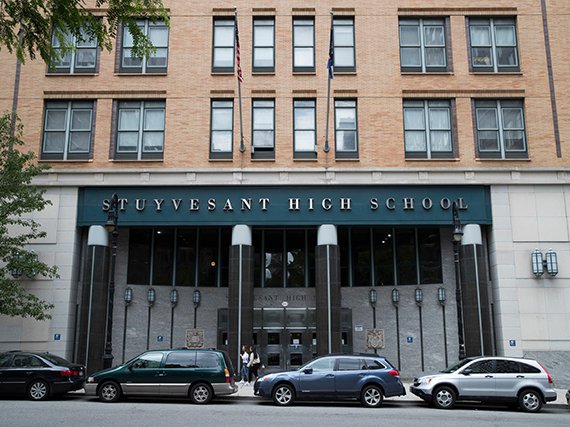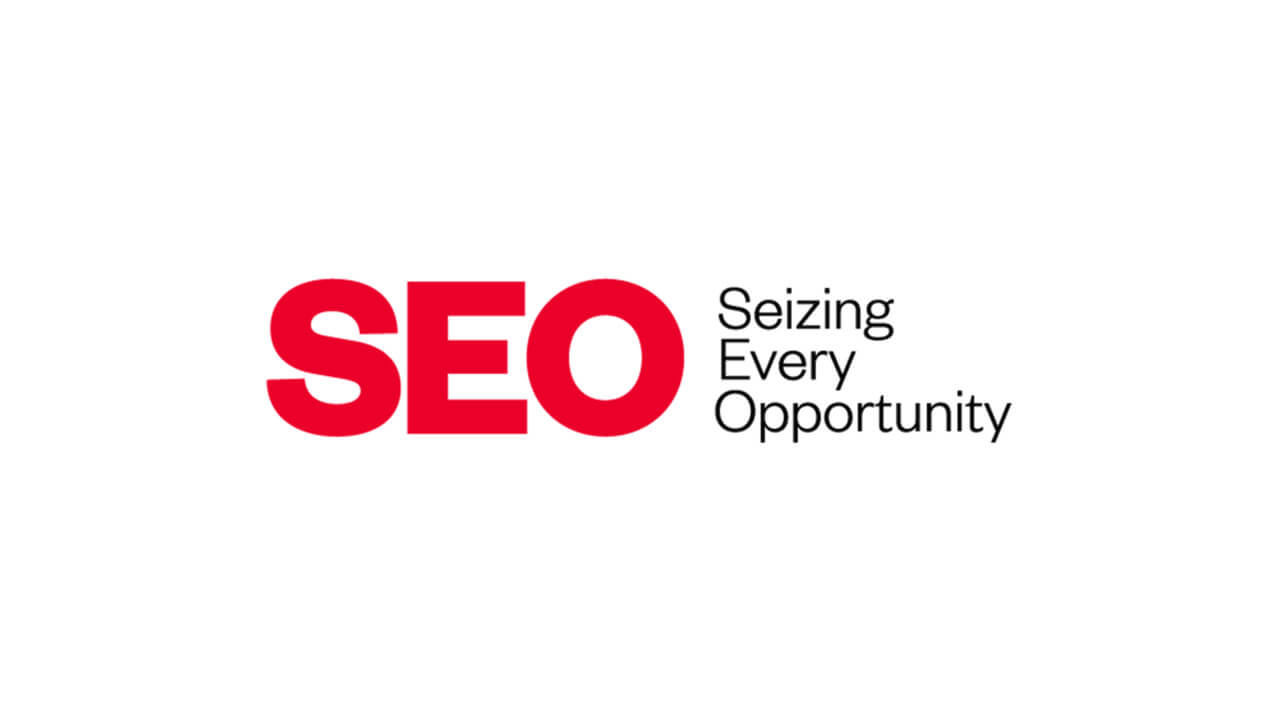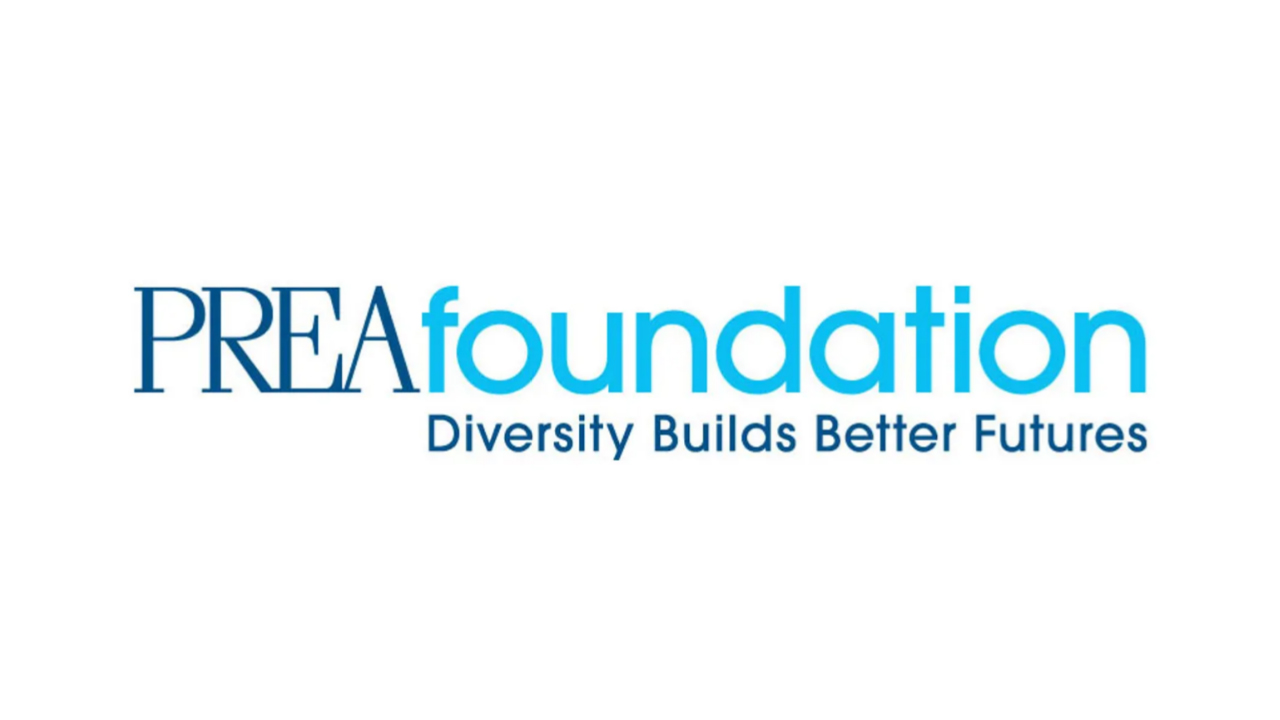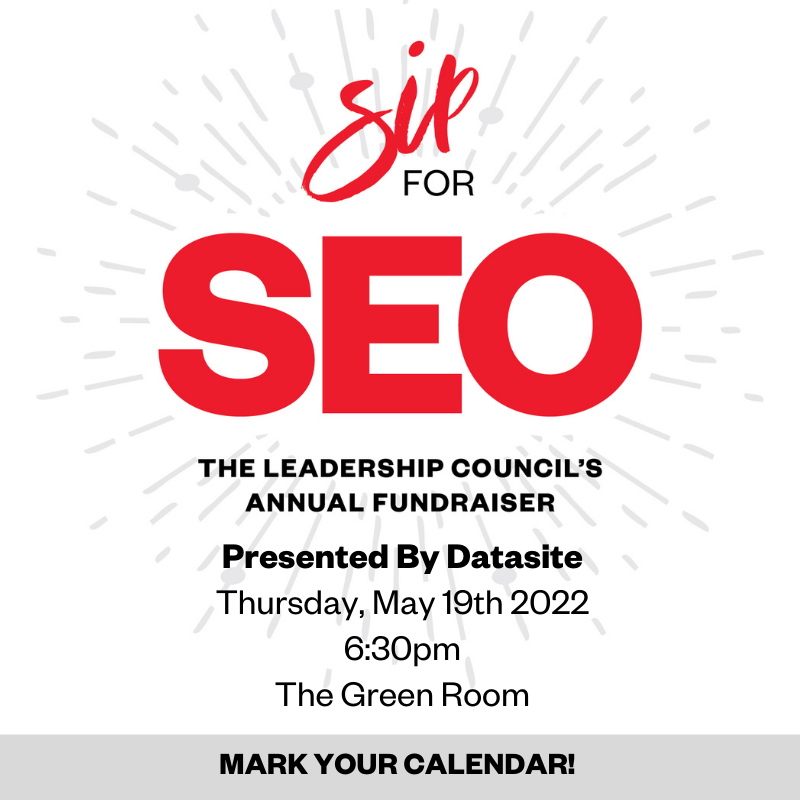Current SEO Scholar, Muhammed D., Authors Op-Ed Piece!
via Gothamist

On Monday, the Department of Education released the results of its latest specialized high school admissions, which only uses a test (the Specialized High School Admissions Test) to determine acceptances. The rates of accepted students for different demographic groups barely changed from previous years, and still doesn’t reflect the diversity of the city’s students. Of the offers, 51.1 percent were given to Asian students (51.7 percent in 2018); 4.0 percent to black students (4.1 percent last year); 6.6 percent to Latino students (6.3 percent last year); and 28.5 percent to white students (up fro 26.5 percent last year).
This is an op-ed from a recent NYC public high school graduate Muhammed D. who is working with Teens Take Charge to reimagine diversity in schools.
Victory Collegiate looked like a dream school on paper. The city’s public high school directory promised a college-prep curriculum, French, spoken word, and fencing. My parents didn’t have time to take me to visit the campus, but from what I read, I knew that Victory Collegiate was for me.
When I missed the cutoff score to Brooklyn Tech by a few points, I was thankful that I got matched to Victory Collegiate. But, the next fall at freshmen orientation, my enthusiasm vanished. I learned that many of the extracurriculars and classes that led me to apply to Victory Collegiate no longer existed. No spoken word. No fencing. No French.
Then, I discovered that the school did not offer science to freshmen. I was only 14, but I had done enough research on colleges to know that the best ones wanted students who took four years of math and science in high school.
You would never guess that Victory Collegiate is located in one of the most diverse and wealthy cities in the world: my school was 90 percent black, 7 percent Hispanic, and had a few Arab and South Asian kids. Most of us qualified for free lunch.
One day, in my AP Biology class, a bullet flew into the classroom, lodging itself in the whiteboard, missing our heads by inches. The teacher was so traumatized that she never returned. But we, the students, were back in the same room two days later. A rotation of substitutes, unqualified to teach the course, monitored us the rest of the year. None of us passed the end-of-year exam.
As the son of two poor immigrants, neither of whom are fluent in English, I already had obstacles in my path, but by that point, I knew that my educational environment had become one, too.
My story is not unique. New York City has at least 124 small high schools where fewer than 1 in 5 students enters the school having passed the 8th grade state English exam. At Victory Collegiate, that number was 1 in 20. At some schools the number is zero. These schools are, on average, 92% black and Hispanic.
Meanwhile, at three dozen other high schools, which tend to be much larger, at least 7 in 10 students enter having passed the 8th grade state English exam. This group, which is collectively just 25% black or Hispanic, includes the eight specialized high schools and “screened” schools such as Bard, Baruch, Beacon, Goldstein, Millennium, and Townsend Harris.
Compared to Victory Collegiate, these schools have far fewer poor students, English language learners, and students with disabilities. They have more advanced courses, more extracurriculars, more experienced teachers, and more college and career support.
Even seemingly minor differences in the schools made a big impact. We weren’t allowed to take textbooks home. Our calculators rarely worked. I could not exit the building for lunch due to my school’s metal detector, which wasted ten minutes daily just waiting in line. These fancy detectors made us feel like prisoners every day. If the city invested the money differently, my school might have been able to afford to take us on an out-of-state college trip. But I guess the city didn’t expect that many of us would be able to get into out-of-state universities anyway.
What may seem like natural disparities on the surface are actually the result of a rigged high school matching process with complicated rules that lead to winners and losers. Students like me, who are poor and don’t have parents who can sort through complex admissions requirements at top schools and who don’t have counselors with the time to provide personalized guidance, often lose. We wind up in segregated schools ill-equipped to prepare students for college.
Learning about the policies that create these inequities made me question how progressive our city and its government actually is. Mayor de Blasio talked about the “tale of two cities” when he was running for office. We also have a tale of two school systems. Mayor de Blasio took office the same year I started high school, and I haven’t seen much change, other than who and what he is blaming for why he has not integrated schools.
But instead of making excuses, I have worked with my peers in the coalition Teens Take Chargeto find solutions. With support from researchers at the Community Service Society, I helped develop an Enrollment Equity Plan to undo the high school hierarchy by establishing citywide benchmarks for academic diversity that each high school would have to meet. Our plan would create more diverse and well-rounded student bodies, reducing concentrations of low-performing and high-performing students. It would make public schools what they should be.
We did make an exception for the specialized high schools, which we believe should admit the top 7% of students from every middle school. That way, those schools will maintain academic prestige while expanding opportunities to students who have historically been excluded.
We are glad that Mayor de Blasio has supported the plan for specialized schools, but after five years in office, he has not attempted to address segregation in the rest of the city’s 450 public high schools.
We cannot wait any longer. It’s time for him to deliver the equitable education that he talks about a lot, but which thousands of kids like me have never seen.
Muhammad Deen is a freshman at Hunter College studying economics and politics. He continues to work with Teens Take Charge to advocate for equity in New York City public schools.
Recent News

















